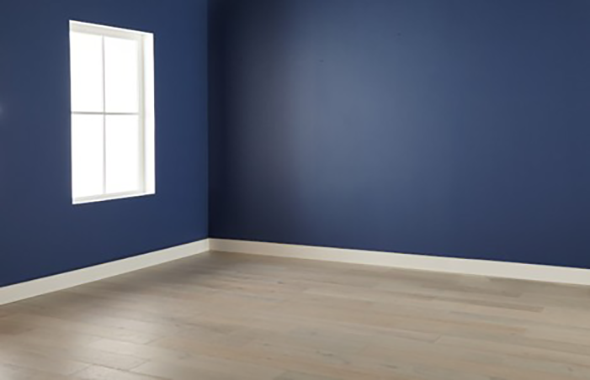Determining Your Production Rates
Improved Predictability in Your Painting BusinessAre you looking to create accurate estimates, add precision to labour forecasts, and even level up your training and retention? Production rates represent the hours needed to complete a task or job, multiplied by your hourly rate, and they can be an extremely effective tool for building more predictability into your business.
Seasoned painters and estimators are typically comfortable eyeballing a job and projecting the labour hours. However, this process can be risky, requires years of experience and is difficult to hand off when you add a new estimator to your team. Production rates take experience and guesswork out of the equation by leveraging data collected from the field.
Here are some strategies for collecting, documenting and using production rates.
Where to Start
Estimating software company Estimate Rocket* suggests starting by thinking about how you estimate.
“Calculate the production rates in the same units you’ll use on your estimates. For example, you may quote walls and ceilings per square foot; baseboards and other trim per linear foot; and windows, frames and doors by count.”
Next, consider whether you will group regular tasks under a single time (i.e., prep and paint a 100 square-foot room) or time each task separately (cut and roll a single coat in a 100 square-foot room).

We like to create a standard prep and paint process and create a single time for that. For example, an interior project may include job site prep, spackling nail holes, primer, and two coats of paint. We time how long it takes to do that entire process and add additional tasks on a case-by-case basis,” says Chris Moore, owner of Elite Business Advisors.
Others take a more granular approach, timing each individual task so they can pick and choose the appropriate tasks for each unique job. This decision comes down to what works best for you.

Getting an Accurate Number
Regardless of how you decide to group your tasks, there are some strategies to improve accuracy:
- Test many people many times. Different people produce at different rates, and your averages should reflect that. “Repeat this procedure of timing your crew multiple times. A single run-through won’t suffice for obtaining accurate data to rely on,” says estimating software company Paint Scout*.
- It’s about accuracy, not speed. Brandon Lewis**, founder of the Academy for Professional Painting Contractors, suggests reminding everyone being timed that this is not a race. “What we are looking for here is repeatable accuracy. Too fast means that your feet are held to the fire on all future jobs. Too slow and you’ll be overpriced, potentially losing jobs.”
- Give yourself wiggle room. Whether you add in a buffer for each task or add in additional time when you estimate, don’t forget to account for breaks, setup/cleanup, potential substrate problems, and unknowns.
- Consider details. Factor in the type of surface, colour selected, number of coats, and other relevant aspects. By capturing these details, you can reuse the data for more accurate production rate calculations in the future.
Tracking and Documentation
Now it’s time to be diligent about timing activities. When you’ve collected enough times, calculate your average to get your “standard production time.” Do this for each task or group of tasks until you establish a standard and repeatable picture of the time requirement of each job.
Keep this information in the format that best fits your needs. Some companies prefer keeping it in an Excel spreadsheet; others enter the data in their estimating and scheduling software. Note: Some estimating software comes with pre-loaded production rates. It is recommended that you test these numbers with your own crew before using them in an estimate.


Use The Data for Better Bids and Superb Scheduling
Now that you have average tested standard production times, it’s time to put those numbers to work. Use your production rates to:
- Create more detailed bids with better accuracy. Check out this article on “Detailed Estimates and Bids to Boost Profitability” for more tips on estimating.
- Schedule jobs with confidence.
- Set attainable production goals for staff.
- Ensure new team members are trained properly and ready to perform tasks within standard production times.
Remember, determining your production rates can help standardize your estimating, though certain factors, like prep, will still need to be evaluated on a project-by-project basis. While it may feel like a time-consuming task, production rates are an ideal starting point for building predictability and efficiency so you can grow and scale your business.
*This is being cited for reference purposes only. Behr Paint Company has no affiliation with and is not endorsing these tools.
**There is no affiliation/partnership between Behr Paint Company and the individuals quoted.













